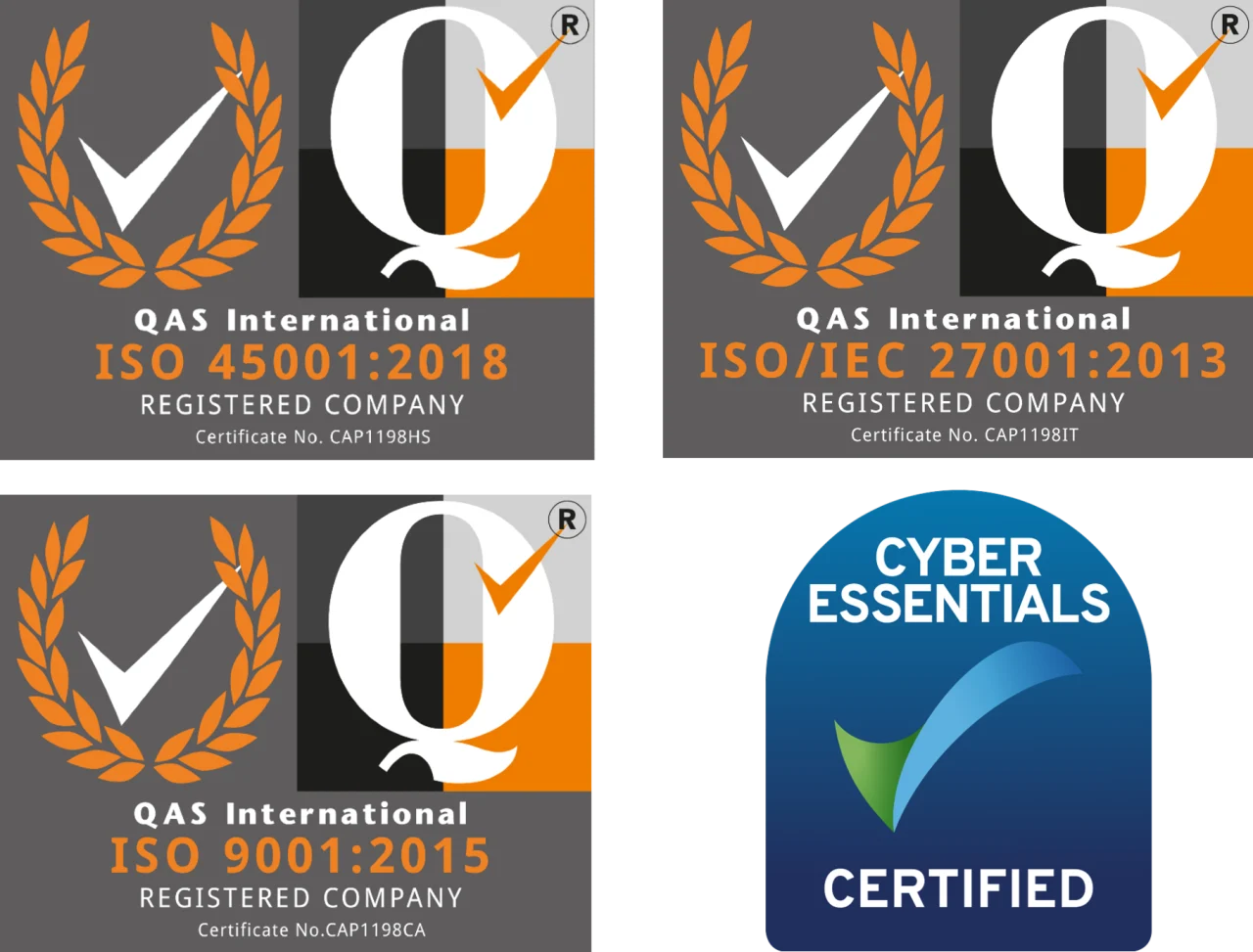Internet of Things
Many of you will have no doubt come across the term ‘Internet of Things’ (IoT). This is the term applied for the connection of devices (not just computers) over the internet, allowing them to communicate and share information. As a concept, this is something that has been bandied about for many years but its only recently that, due to progressions in technology, has really started to gain momentum.
For several years now, key exhibitors at the annual E3 conference, have been keen to promote their ‘smart’ devices, enabling remote control and interaction with pretty much all domestic appliances, from kitchen appliances such as kettles, fridges and cookers, to environmental controllers for boilers and lighting, to medical devices (ingestible sensors anyone?). The launch of ‘smart’ products has been met with varied success on the domestic market, but one area with real potential for impact and to drive innovation is in industry. Dell has recently announced $1bn investment into R&D for ‘Internet of Things’ technologies, so it’s certainly not just a fad.
Industry is always looking for new ways to measure performance outputs, add levels of control and improve efficiency. The Internet of Things concept is therefore ideal in that it may be applied to machinery and equipment that previously would otherwise have required an immediate or onsite level of interaction. By adding some way to interface with a piece of equipment, without the need for a physical connection, there are multiple possibilities for device management. Imagine the possibilities! No longer do you need to send service engineers out to address an issue with a piece of kit you’d supplied to a manufacturer at the far end of the country. Simply log in to a control panel via the web, and access diagnostics and carry out changes in parameters remotely. The benefits here are clear. The previous logistical issues faced by many businesses in industry can now be removed.
We like to innovate
As a group of dedicated ‘techies’, we’re always looking to find new ways to solve problems through application development. One thing that drives ESP Projects, in particular, is the notion of using technical innovation to solve problems, to create opportunities, and with the aim to remove barriers and allow businesses to grow and fulfil their potential.
With the Internet of Things in mind, ESP Projects has been exploring the concept of developing cloud-based systems for manufacturing to facilitate remote logging of data from machinery. Modern manufacturing machinery and devices often will have ports and diagnostic controllers from which data can be pulled, but these will usually need a physically connected computer to access, requiring a service engineer to be on-site to attach a laptop or tablet during their support visit. Making this accessible via the cloud, would, in theory, alleviate this logistical burden of on-site engineers for simple diagnostic checks or basic device resets. This, therefore, would provide real value for businesses supporting equipment in a number of locations. This concept piqued our interest, so we decided to work on this concept further.
From Concept to Project
As with all our business system projects, ESP Projects started by carrying out in-depth systems analysis based on a theoretical scenario. In this case, we used the idea of equipment ‘out in the field’, with controller devices attached to allow an interface to manage parameters and provide reporting. We then worked with the idea of making this accessible remotely. To convert this equipment into a ‘smart’ device, some basic computer device would be required to enable the interface. In this scenario, we would use Raspberry Pi’s, and these communicate with a server via an internet connection. Devices could then communicate directly with a central secure web server, hosted by ESP Projects and this would form the central data store for all the logging of data from the attached devices, allowing control access of controllers and the Pi Devices via a system of defined user access levels.
Having analysed a core set of requirements and specified the potential processes involved and were able to then specify the appropriate hardware required. The implications of these requirements and possible alternative scenarios were also explored to ensure the best possible (and economical) solution would be implemented. The next step would be to actually implement something. We would have to weigh up the practical aspects of the solution with consideration of the hardware and software used, with security also being a key factor. Details of how we addressed these aspects and approached this solution can be found in the second part of this case study item.
To find out more about our skills in this area, have a look at our Database Systems page or Contact Us.

